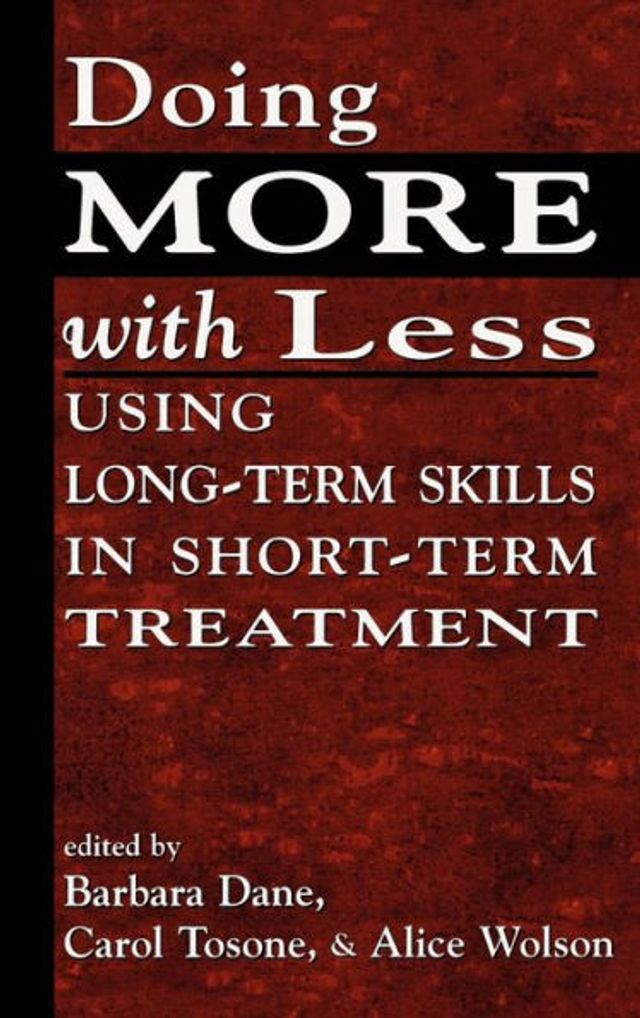Home
Living Under the Threat of Earthquakes: Short and Long-term Management Earthquake Risks Damage Prevention Nepal
Loading Inventory...
Barnes and Noble
Living Under the Threat of Earthquakes: Short and Long-term Management Earthquake Risks Damage Prevention Nepal
Current price: $219.99


Barnes and Noble
Living Under the Threat of Earthquakes: Short and Long-term Management Earthquake Risks Damage Prevention Nepal
Current price: $219.99
Loading Inventory...
Size: Hardcover
*Product Information may vary - to confirm product availability, pricing, and additional information please contact Barnes and Noble
This book addresses earthquakes, with a special focus on the Ghorka earthquake, which struck parts of central Nepal in April 2015. Drawing on this disastrous event, it closely examines various aspects of earthquakes in contributions prepared by international experts. The topics covered include: the geological and geophysical background of seismicity; a detailed inventory of the damage done by the earthquake; effective damage prevention through earthquake-safe buildings and settlements; restoration options for world-heritage buildings; strategies for providing technical and medical relief and, lastly, questions associated with public life and economy in a high-risk seismic zone.
Combining perspectives from various fields, the book presents the state of the art in all earthquake-related fields and outlines future approaches to risk identification, damage prevention, and disaster management in all parts of society, administration, and politics in Nepal. Beyond the specific disaster in Nepal, the findings presented here will have broader implications for how societies can best deal with disasters.
Combining perspectives from various fields, the book presents the state of the art in all earthquake-related fields and outlines future approaches to risk identification, damage prevention, and disaster management in all parts of society, administration, and politics in Nepal. Beyond the specific disaster in Nepal, the findings presented here will have broader implications for how societies can best deal with disasters.


















